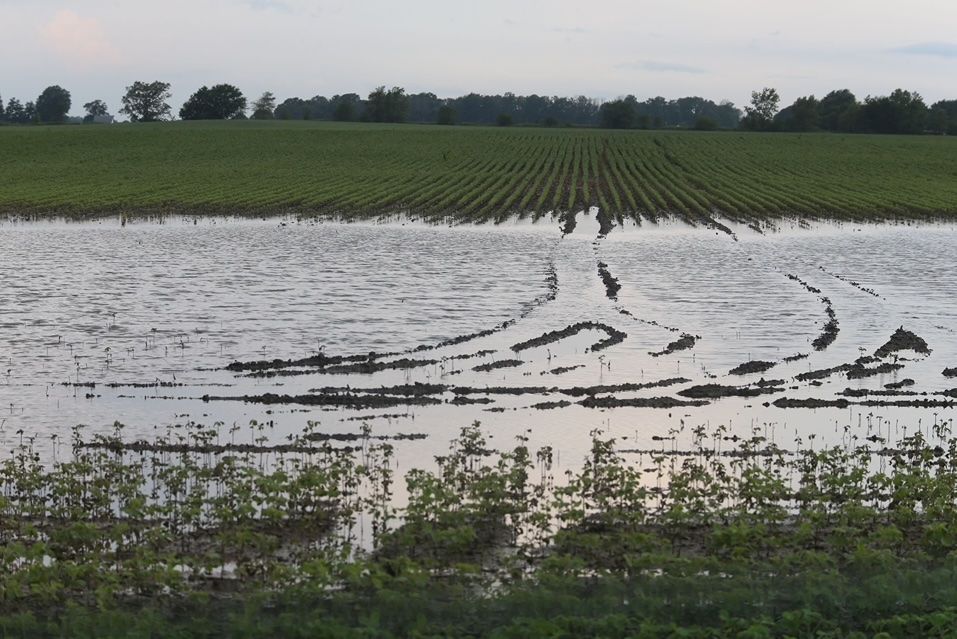Soy Checkoff Funds Research to Apply Ag Technology

Advances in ag technology are making a difference on the farm. Ag tech — tools that collect and process data—can help farmers maximize productivity, efficiency, profitability and sustainability.
However, selecting and investing in specific ag tech tools and resources that best fit your operation can be challenging. Your checkoff dollars are being invested at the state, regional and national levels to help farmers see the potential of putting these innovations to work on their farms.
The Soybean Research & Information Network (SRIN) highlights partnerships the soy checkoff leverages to stretch your dollars further, from university researchers to industry experts, on a wide range of soybean agronomic and production topics. The SRIN webpage dedicated to ag technology shares tools, resources, and research projects that help farmers capture its value to soybean production.
Research Puts Data to Work
The Iowa Soybean Association is leading a project in partnership with Iowa State University and John Deere to explore ways to map soybean yield and protein and oil content at harvest. Recent innovations in sensor technology, machine learning and analytics may be able to work together to affect soybean growth and marketing decisions, and the soy checkoff is helping fund these discoveries.
Maps of an Iowa State University research farm soybean field divided into a 75 x 75-foot grid indicate soybean yield, protein and oil content as collected by a near-infrared (NIR) sensor at harvest during a project funded in part by the soy checkoff. The top row represents the standard deviation in each grid.
The bottom row represents average yield (bu/acre), and percent of protein (center) and oil (right), relative to the levels in all five fields where soybean quality data was collected during harvest by a near infrared sensor.

The South Carolina Soybean Board is investing checkoff funds in Clemson University research to develop diagnostic tools from aerial image analysis to recognize poorly nodulated soybeans. The plan is to create software to convert those images to customized, variable-rate fertilizer plans that allow farmers to rescue soybeans deficient in nitrogen and other nutrients.
Practical Application for Drones in Research and On-farm
Drones demonstrate great potential for use in agriculture. Soy checkoff funding from the Louisiana Soybean and Grain Research and Promotion Board allows a Louisiana State University researcher to determine how farmers can see crop variance with lower-cost, basic drones from major retailers. Initial results show they can produce data equal to specialized drones.
Scouting with drones has many implications for soybean production. Research is defining that potential. The Ohio Soybean Council invested soy checkoff funds into The Ohio State University research that is finding that a combination of drone scouting and analytical tools can improve the speed and accuracy of weed detection and control, reducing herbicide use. In Maryland, a checkoff-funded partnership between the Maryland Soybean Board, University of Maryland Extension and Precision Ag UAS Technology is learning how drone scouting and precision spraying could aid control of problem weeds like Palmer amaranth.
Many researchers who partner with the soy checkoff use drones to improve their work. For example, support from the national soy checkoff and the Arkansas Soybean Promotion Board is helping an Arkansas researcher use drones to help identify genetics for drought tolerance.
Interested in learning more? SRIN and the Soybean Research Database provide more examples of how checkoff-funded research is making ag technology more accessible to farmers.




